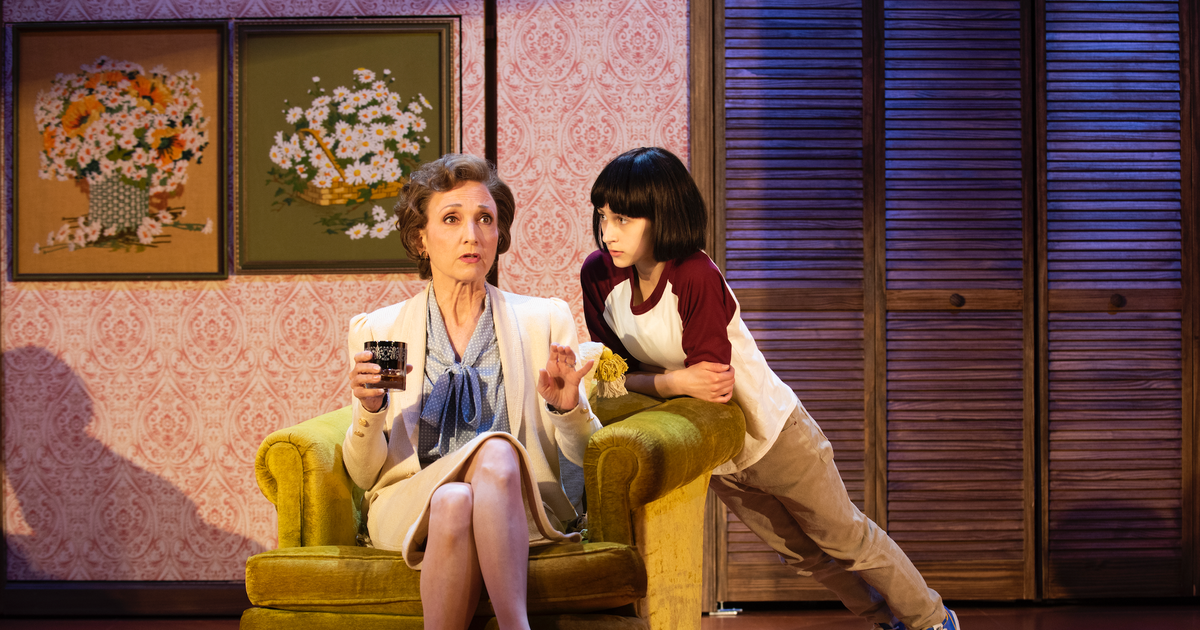Over the course of his long and varied career, Canadian astronaut Chris Hadfield flew fighter jets, walked in space and orbited Earth for months while commanding the International Space Station. But until the start of the year, he never had the professional challenge of turning into a novel and learning that your editors think it’s 35,000 words too many.
“They sent me back the first 30 pages, and I thought, ‘You’ve taken out a whole bunch of words and ideas that I’m pretty sure relate to what’s going on.” ” Hadfield said in a video interview at the end of August. He looked gleeful about it, considering. Eventually he started to trust the process, he said, to internalize the idea that “writers and editors have different skills and you need both,†and even to understand that sometimes less can. to be more.
What emerged was “The Apollo Murders”, refined by a third and now 480 pages. The novel, which Mulholland Books published this week, is set in the US space program in the late 1960s and early 1970s, a time of swaggering ambition and Cold War anxiety. Starring undercover spies, scheming Russians, and psychopathic murderers, sometimes all at once, it’s packed with authoritative details about what it could be like, for example, to throw up in space or fight an astronaut. Soviet mortal who assaults you during a spacewalk.
The early buzz is good. Editors Weekly described it as a “spectacular thriller on alternative history”, a “clever and surprising nail rodent”.
Calling Hadfield, who is 62 years old, Canada’s most famous astronaut may sound like an oxymoron, or even a punchline, but he is probably the most famous living astronaut of all nationalities in the modern age. (Leaving aside aspiring billionaire astronauts.) That’s partly because his haunting 2013 performance of David Bowie’s “Space Oddity†aboard the Space Station – literally floating high above the world – was seen over 50 million times. It has a way of raising a person’s profile.
This is also due in part to Hadfield’s gregarious nature, his strong social media presence (he has 2.3 million followers on Twitter and 373,000 on Instagram), TED Conferences, public speaking and teaching jobs, consulting work and the best-selling book of 2013, “An Astronaut’s Guide to Life on Earthâ€. During the darker days of the lockdown, Hadfield emerged as a go-to comforter for the afflicted, providing advice on how to deal with uncertainty, loneliness and isolation.
“A spaceship is like a pandemic in its wildest extremes,†he said. “It’s really life or death, you can never go out, you don’t know how long it’s going to last, bad things can happen anytime and you have no other company.”
Dressed in a salmon-colored T-shirt, his mustache a little grayer than it did in “Space Oddity” days, Hadfield was talking from the cottage he shares with his wife of nearly 40, Helene, on a small island near Ontario-Michigan. frontier. They mainly live in Toronto but spent most of the pandemic in their tiny house here, built in the late 19th century.
Hadfield was born in southern Ontario, became a fighter pilot and then test pilot for the Canadian Armed Forces, and was accepted into the Canadian Space Agency’s Astronaut Program. (Yes, Canada has a space agency.) A graduate in engineering and aviation systems, he was appointed by the Canadian agency to work with NASA. His many jobs included serving as the capsule communicator, or voice of ground mission control, for two dozen space shuttle missions.
Hadfield also lived in Star City, Russia for two years as NASA’s director of operations at the Yuri Gagarin Cosmonaut Training Center, responsible for coordinating and directing the activities of the Space Station crew. international, a multinational program. He himself made three tours in space and spent five months aboard the space station as the first Canadian commander.
He retired in 2013 and didn’t want to succumb to the boredom that envelops many ex-astronauts who feel their best days are behind them.
“We saw too many people who had retired and were floundering,†Helene Hadfield said in a follow-up interview. “We’ve been talking about it for years, which makes someone happy, and one of the plans for our post-astronaut life was for him to write a book.”
Her husband set out to write a space thriller about the golden age, but he didn’t want to touch the past by putting real astronauts in the wrong situations. So he invented an alternate story, in which Apollo 18 – a real mission that was canceled under the Nixon administration – took place, as a spy mission.
“Right after Apollo 17 is an incredibly mature time,†he said. “The politics of the day – the end of the war and the rise of women’s rights – was a nice cultural melting pot in which to put this story.” There was also a lot going on in the space race with the Soviets, and Hadfield was able to make his story part of the mysterious disappearance of two Russian ships that malfunctioned and became unusable in gloomy conditions.
He made his hero a decorated fighter pilot who, having lost an eye after his plane collided with a bird, orchestrates the mission from the ground and begins to believe that something, or someone, is wrong. in the spaceship. Hadfield based the character’s story in part on his own experience when he struck a seagull while flying an F-18 over the Chesapeake. In this case, the plane was badly mutilated, but not Hadfield.
Never having written a novel before, Hadfield has done prodigious research, in part re-reading the books of some of his favorite writers, such as Dick Francis, John D. MacDonald, and James Michener. He took a master class in fiction; he read Stephen King’s great memoir-textbook, “On Writingâ€; he worried.
“He was so scared, but I knew it would be good,†his wife said.
Hadfield also recalled a conversation he had with Neil Young aboard the Space Station. “It sounds like a stupid thing to say, but when you live in the spaceship they ask you who on Earth you would like to talk to for psychological support and then they see if they can get them,†he said. declared.
His wishlist, composed as Ryan Reynolds and Sarah McLachlan, included Neil Young. “I thought he would never call,†Hadfield said.
But Young called. The astronaut spoke from space; the musician spoke from the back seat of his now-hybrid 1959 Lincoln Continental, where the internet connection was apparently better than in the house.
They talked for almost an hour and Young gave Hadfield some creative advice.
“He said, ‘Don’t write the song; write it down, â€Hadfield said. “Sometimes something comes to your mind and you say, ‘That’s cool,’ and he said, ‘This is the way you have to write the song – just write it as it comes to you. “
Hadfield is currently around 10,000 words long in his next novel, he said, and is wondering if he should start it just before the Yom Kippur War, in 1973.
“It provides a wonderfully tumultuous backdrop for something that I want to happen so that I can give me the plot threads I need,†he said. “I haven’t solved all the problems yet. “
Hadfield looked strangely happy about it, too. “I have nothing but corners in which I have painted myself.”
 Zoo Book Sales
Zoo Book Sales



